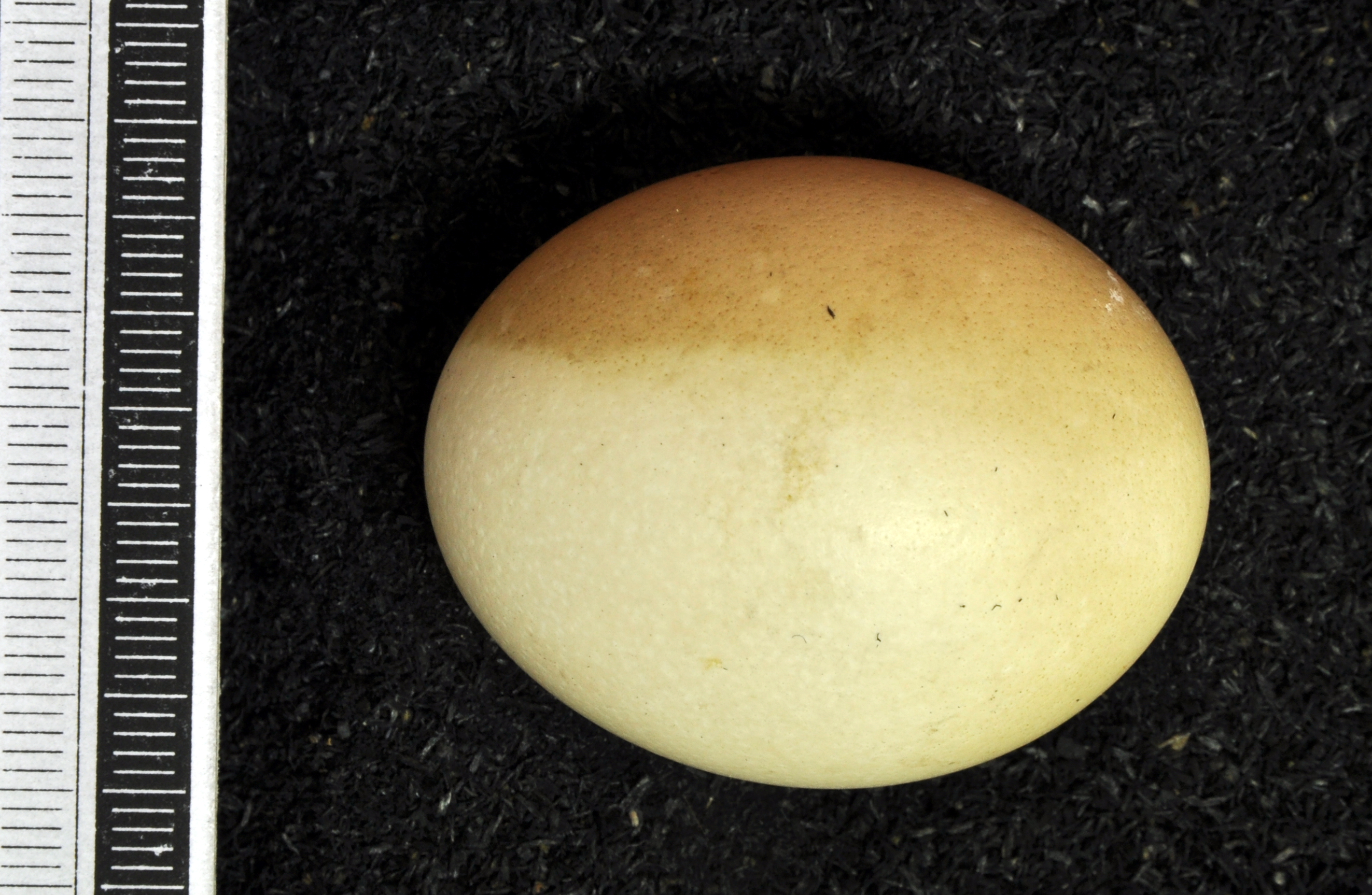Galloperdix Spadicea MWNH 1094 on:
[Wikipedia]
[Google]
[Amazon]
''Galloperdix'' is a 
genus
Genus ( plural genera ) is a taxonomic rank used in the biological classification of extant taxon, living and fossil organisms as well as Virus classification#ICTV classification, viruses. In the hierarchy of biological classification, genus com ...
of three species
In biology, a species is the basic unit of classification and a taxonomic rank of an organism, as well as a unit of biodiversity. A species is often defined as the largest group of organisms in which any two individuals of the appropriate s ...
of bird in the pheasant family, Phasianidae
The Phasianidae are a family (biology), family of heavy, ground-living birds, which includes pheasants, partridges, junglefowl, chickens, Turkey bird, turkeys, Old World quail, and peafowl. The family includes many of the most popular Game (hunti ...
. These terrestrial
Terrestrial refers to things related to land or the planet Earth.
Terrestrial may also refer to:
* Terrestrial animal, an animal that lives on land opposed to living in water, or sometimes an animal that lives on or near the ground, as opposed to ...
birds are restricted to the Indian Subcontinent
The Indian subcontinent is a list of the physiographic regions of the world, physiographical region in United Nations geoscheme for Asia#Southern Asia, Southern Asia. It is situated on the Indian Plate, projecting southwards into the Indian O ...
, with the red spurfowl
The red spurfowl (''Galloperdix spadicea'') is a member of the pheasant family and is endemic to India. It is a bird of forests, and is quite secretive despite its size. It has a distinctive call and is often hard to see except for a few seconds ...
and painted spurfowl
The painted spurfowl (''Galloperdix lunulata'') is a bird of the pheasant family found in rocky hill and scrub forests mainly in peninsular India. Males are more brightly coloured and spotted boldly in white. Males have two to four spurs while fe ...
in forest and scrub in India, and the Sri Lanka spurfowl
The Sri Lanka spurfowl (''Galloperdix bicalcarata'') is a member of the pheasant family which is endemic to the dense rainforests of Sri Lanka. In Sri Lanka, this bird is known as - in Sinhala.
It is a very secretive bird, and despite its si ...
in forests of Sri Lanka. They share the common name "spurfowl" with the members of the genus ''Pternistis
''Pternistis'' is a genus of galliform birds formerly classified in the spurfowl group of the partridge subfamily of the pheasant family. They are described as "partridge-francolins" in literature establishing their phylogenetic placement out ...
'' which are widely distributed in Africa.
Taxonomy
The genus ''Galloperdix'' was introduced in 1845 by the English zoologistEdward Blyth
Edward Blyth (23 December 1810 – 27 December 1873) was an English zoologist who worked for most of his life in India as a curator of zoology at the museum of the Asiatic Society of India in Calcutta.
Blyth was born in London in 1810. In 1841 ...
to accommodate a single species, the red spurfowl
The red spurfowl (''Galloperdix spadicea'') is a member of the pheasant family and is endemic to India. It is a bird of forests, and is quite secretive despite its size. It has a distinctive call and is often hard to see except for a few seconds ...
, which is therefore the type species
In zoological nomenclature, a type species (''species typica'') is the species name with which the name of a genus or subgenus is considered to be permanently taxonomically associated, i.e., the species that contains the biological type specimen ...
. The genus name combines the Latin word ''gallus'' for a "farmyard cock" with ''perdix'' meaning "partridge".
The genus ''Galloperdix'' is sister
A sister is a woman or a girl who shares one or more parents with another individual; a female sibling. The male counterpart is a brother. Although the term typically refers to a familial relationship, it is sometimes used endearingly to refer to ...
to the genus ''Polyplectron
The peacock-pheasants are a bird genus, ''Polyplectron'', of the family Phasianidae, consisting of eight species. They are colored inconspicuously, relying on heavily on crypsis to avoid detection. When threatened, peacock-pheasants will alter t ...
'' and together they form a clade that is sister to ''Haematortyx
The crimson-headed partridge (''Haematortyx sanguiniceps'') is a species of bird in the pheasant, partridge, and francolin family Phasianidae. Described by the British ornithologist Richard Bowdler Sharpe in 1879, it is the only species in the ...
''.
The genus contains three species:
* Red spurfowl
The red spurfowl (''Galloperdix spadicea'') is a member of the pheasant family and is endemic to India. It is a bird of forests, and is quite secretive despite its size. It has a distinctive call and is often hard to see except for a few seconds ...
''Galloperdix spadicea''
* Painted spurfowl
The painted spurfowl (''Galloperdix lunulata'') is a bird of the pheasant family found in rocky hill and scrub forests mainly in peninsular India. Males are more brightly coloured and spotted boldly in white. Males have two to four spurs while fe ...
''Galloperdix lunulata''
* Sri Lanka spurfowl
The Sri Lanka spurfowl (''Galloperdix bicalcarata'') is a member of the pheasant family which is endemic to the dense rainforests of Sri Lanka. In Sri Lanka, this bird is known as - in Sinhala.
It is a very secretive bird, and despite its si ...
''Galloperdix bicalcarata''
References
Bird genera Taxa named by Edward Blyth {{Galliformes-stub